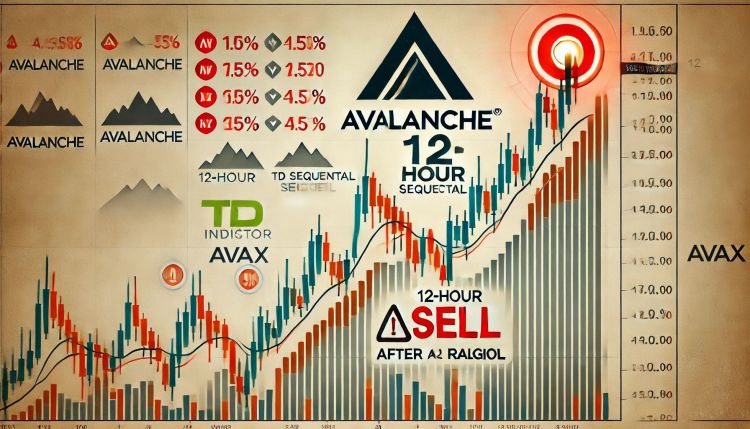Reason to trust

How Our News is Made
Strict editorial policy that focuses on accuracy, relevance, and impartiality
Ad discliamer
Morbi pretium leo et nisl aliquam mollis. Quisque arcu lorem, ultricies quis pellentesque nec, ullamcorper eu odio.
Bitcoin has been falling over the last couple of weeks following mounting concerns over the spread of the coronavirus and its potential impact on the global economy.
But how low can Bitcoin go? According to one analyst, there are two lower boundaries below current levels that should provide support for the cryptocurrency. However, if either one is breached, it could signal to investors that the long-term trajectory and health of the asset is in grave danger.
Recession Fears Are Fueling a Market Wide Panic Selloff
Bitcoin, like any other financial asset right now, is dropping in price as investors de-risk amidst growing concerns over a coming economic recession fueled by a possible pandemic if the coronavirus continues to spread like wildfire.
Even an emergency rate cut by the Fed yesterday failed to produce a significant rally in Bitcoin, which typically responds favorably to such conditions.
But growing fear, uncertainty, and doubt over the virus have proven to be too much to restore confidence in investors, who are also dumping their stock holdings at record rates.
Related Reading | Stock Market, Bitcoin, and Gold: Everything Is Collapsing Together
While the stock market just saw its worst week since the recession, Bitcoin, an asset born from the last recession has held up relatively well.
Bitcoin has dropped from yearly highs of $10,500 to as low as $8,400, however, given the asset’s prior collapses from $20,000 to $3,000 and again from $14,000 to $6,000, the selloff hasn’t reached the point of total carnage yet.
And while that may still be possible, one analyst says that there are two important lower boundaries that will likely prevent Bitcoin from further decline.
3/ 2yr MA accumulation level at $7.3k.
It would be a market cycle first if $BTC closed below that indicator at this point in the cycle, but that doesn't mean it can't happen. pic.twitter.com/I92FVifv0T
— Philip Swift (@PositiveCrypto) March 3, 2020
Bitcoin Cannot Break Below These Two Last Lines of Defense
According to the analyst, the 2-year moving average, which has acted as a base for accumulation in the past, rests at roughly $7,300.
During any of Bitcoin’s previous market cycles, the asset has never closed below that line.
But before Bitcoin even gets to that level, it must contend with the logarithmic regression curve that the asset has been tracking along since its birth – which just so happens to be during the last major recession.
This level resides at roughly $7,400. The analyst notes that Bitcoin has historically dropped below it, by as much as 9%, but has always bounced back above it.
The two levels are extremely critical to Bitcoin’s longevity. Breaking below a two-year moving average would signal to investors that the asset’s fundamental value is struggling to shine.
Related Reading | Bitcoin Must Live Up To Potential Or Risk Becoming Luxury Good: Analyst
Falling below the logarithmic growth curve could be a sign that Bitcoin is no longer being adopted at the same rate, and could end up being a failed experiment.
With the asset’s first major recession around the corner, it is truly a make it or break it moment for the young cryptocurrency, and its future may depend on if it breaches below these two boundaries or not.



















